Nitrogen Narcosis 101: What It Means To Get “Narced” And How You Can Avoid It
Ever heard your diver pals talk about “getting narced?” They’re talking about nitrogen narcosis, or more accurately inert gas narcosis (gases beyond just nitrogen can also affect divers!). Sometimes called the “rapture of the deep” for the possible risks it imposes on divers, narcosis is very often compared to being drunk. The sensation occurs on deep dives, typically beyond 100 feet (30 m). However, some divers can experience symptoms even shallower. Known in some diving circles as the “martini effect”, narcosis is a function of depth. The deeper a diver goes, the greater the intoxicating effect – as some divers say, it’s kinda like having one martini for every 33 feet (10 m) once you start feeling the effects.
What Causes Nitrogen Narcosis?

The air we breathe is a mix of different gases – mostly oxygen and nitrogen. Unlike oxygen, nitrogen isn’t used by the body, and so we consider it to be “inert.” Underwater, however, the effect of nitrogen and other inert gases have a greater effect than they do at the surface. As a diver descends deeper, the force of the water increases the pressure of the gas they are breathing. Essentially, the gas is becoming more concentrated, meaning that with each breath the diver takes, more molecules of each gas in the air mixture are entering their body.
While we don’t completely understand the exact science behind nitrogen narcosis, scientists think that it has largely to do with the way gases we breathe interact with lipid tissue. Gases with a higher lipid solubility, such as nitrogen, tend to have a higher likelihood of producing narcotic effects when breathed under pressure. The human brain and nervous system are made up of a lot of lipids, and so it’s believed this may be why excessive nitrogen buildup first affects them.
Is Nitrogen Narcosis Dangerous?
Although it may sound scary, gas narcosis is typically nothing to worry about. The effects are temporary and will wear off as soon as a diver begins to ascend. There is no lasting or permanent damage. The real risk comes with a diver’s impaired judgement, which may cause them to make silly mistakes underwater. If nitrogen narcosis is not properly addressed, these small mistakes can lead to a bigger problem, like running out of air after forgetting to check one’s SPG.
At What Depth Will I Experience Nitrogen Narcosis?
Every diver experiences gas narcosis differently. In fact, the same exact diver can even experience narcosis differently from one dive to the next. Some divers begin to feel symptoms of narcosis at 15 meters, while others can descend to 50 meters with seemingly no consequences. This makes it hard to set a firm depth guideline for avoiding gas narcosis. However, the diving community generally agrees that narcosis affects divers below 100 feet (30 meters). At 133 feet (40 m), mostly all people should expect to feel some sort of intoxicating effect. This is yet another reason why the limit for recreational diving is set at 133 feet (40 m).
How Do I Recognize it While Diving?
Typical symptoms of gas narcosis may include:
- Feelings of euphoria
- Impaired judgement
- Decreased coordination
- Trouble concentrating
- Anxiety, paranoia, or panic
- Dizziness
When gas narcosis first sets in, a diver may feel giddy or elated. Apart from acting a little silly or carefree, many divers may not actually realize that they are being influenced by narcosis. If the condition becomes more severe, coordination and swimming may be affected. Some divers experience a lightheaded or dizzy feeling. Others react with paranoia or panic.
What Do I Do If I Realize I’m Narced?

So the coral is looking a little funnier than usual today? Don’t panic! If you recognize that you are experiencing symptoms of gas narcosis, the best thing you can do is slowly and safely ascend with your buddy to a shallower depth. Within a few minutes, the symptoms should subside. If both you and your buddy feel alright, you should be able to continue with your planned dive (adapted to be shallower as necessary!).
Tips And Tricks For Avoiding Nitrogen Narcosis
Unfortunately, due to the unpredictable nature of gas narcosis, it cannot be 100% avoided. That’s why it’s so important as a diver to know how to recognize the symptoms and respond accordingly. However, the following tips and tricks should better your chances of staying safe:
- Never ever dive beyond the limits of your training.
- Always plan, plan, plan your dive! Make sure everyone in the group knows the intended depth and time, and stick to it.
- Before deep dives in particularly, make sure you get plenty of rest and avoid drugs and alcohol. Even your usual prescription medication can increase the chances of mental impairment underwater.
- Try to avoid overexerting yourself underwater. Carbon dioxide buildup can cause gas narcosis to set in earlier.
- Make sure you have the right exposure suit for the conditions. Cold temperatures may increase the chances of gas narcosis.
- Let your buddy know if you’ve experience gas narcosis before, including at what depth and what conditions. Agree upon a signal to use if one of you starts feeling symptoms. The diving community typically agrees that the signal for gas narcosis is circling your pointer finger around the side of your head (the same signal on land for “you’re crazy!”).
Have you experienced nitrogen narcosis before? Tell us about it in the comments!
Disclosure: This post may contain affiliate links, which means that DIVEMONDO may receive a small commission if you make a purchase using these links. As an Amazon Associate this website earn from qualifying purchases.

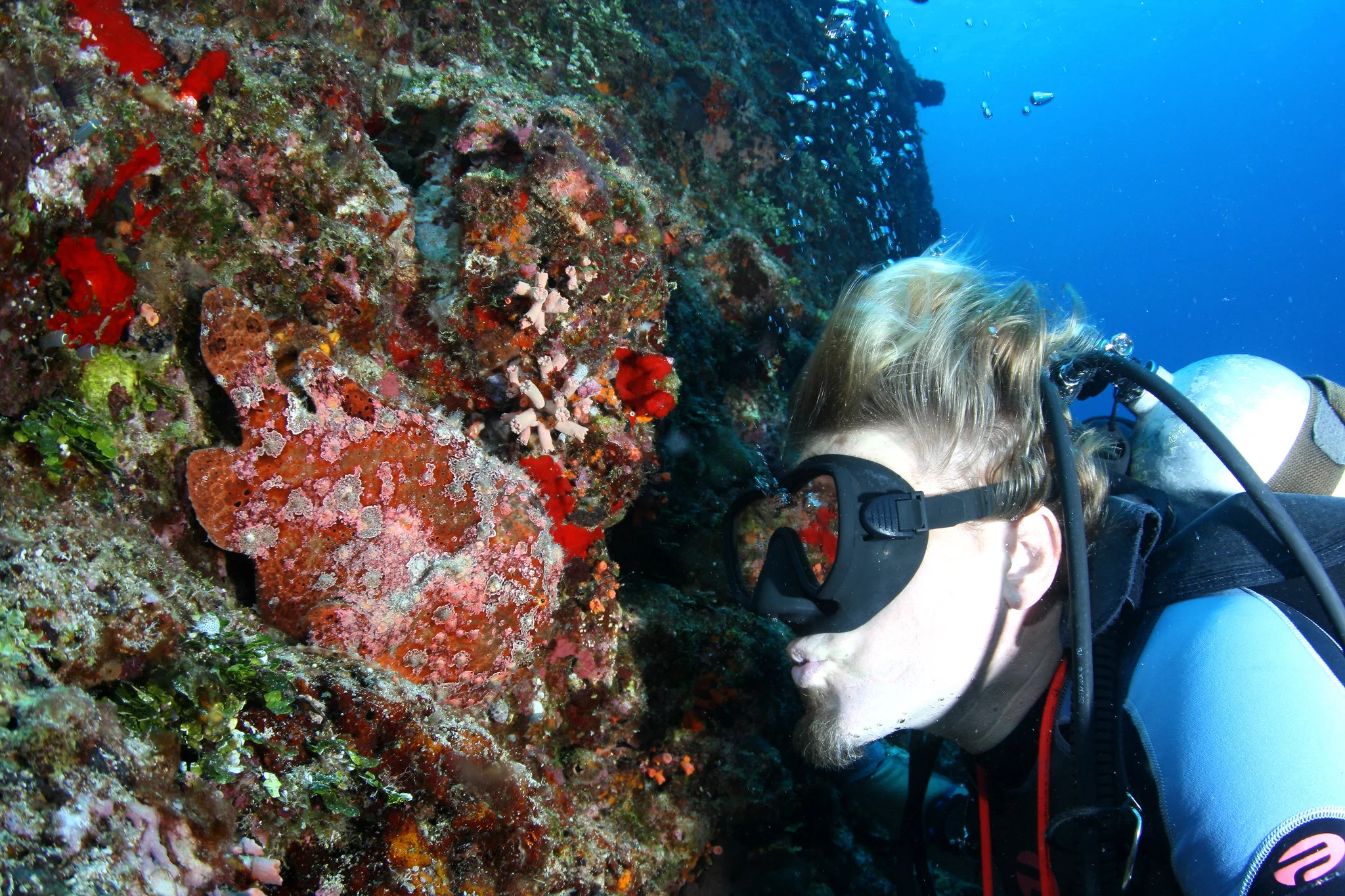
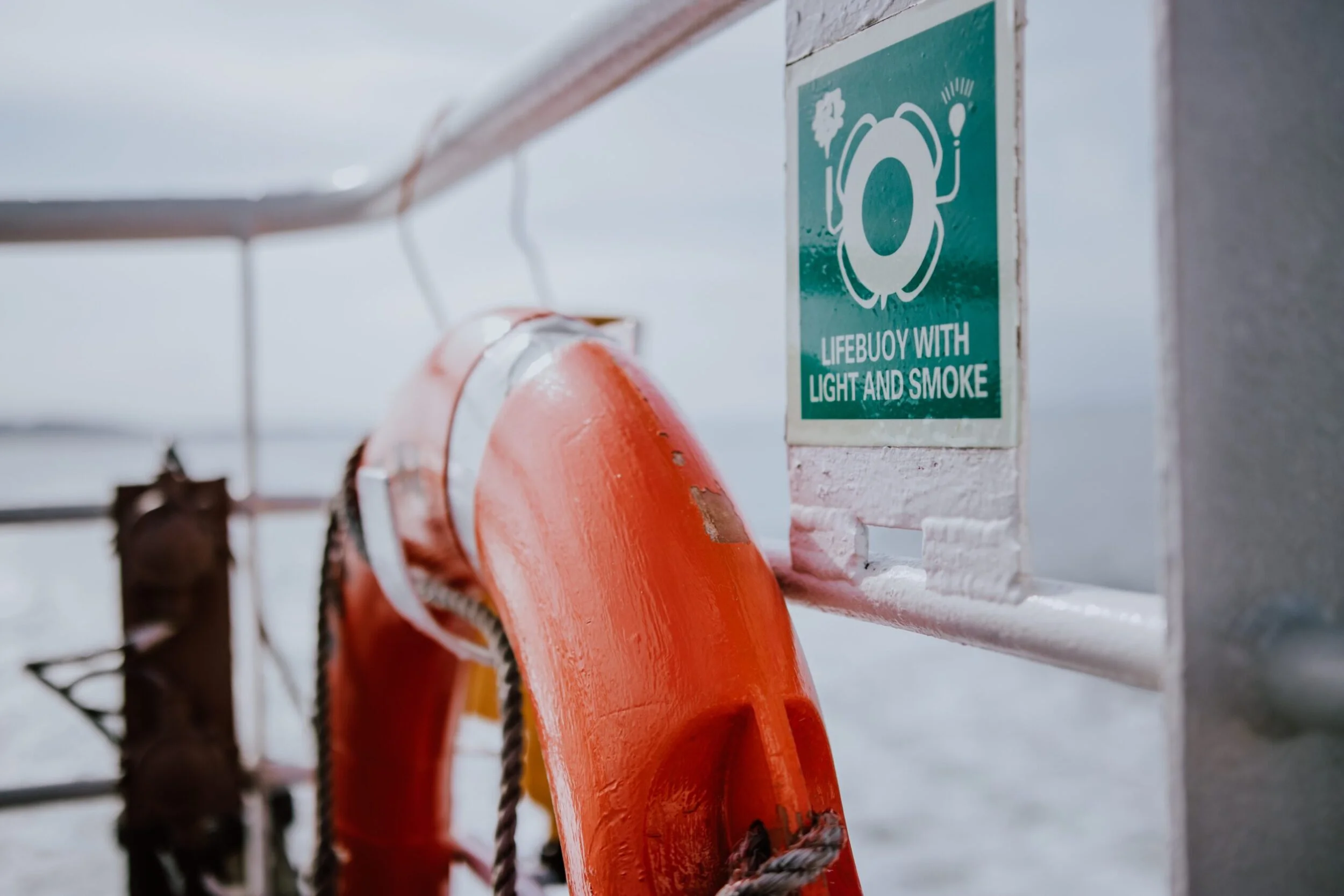



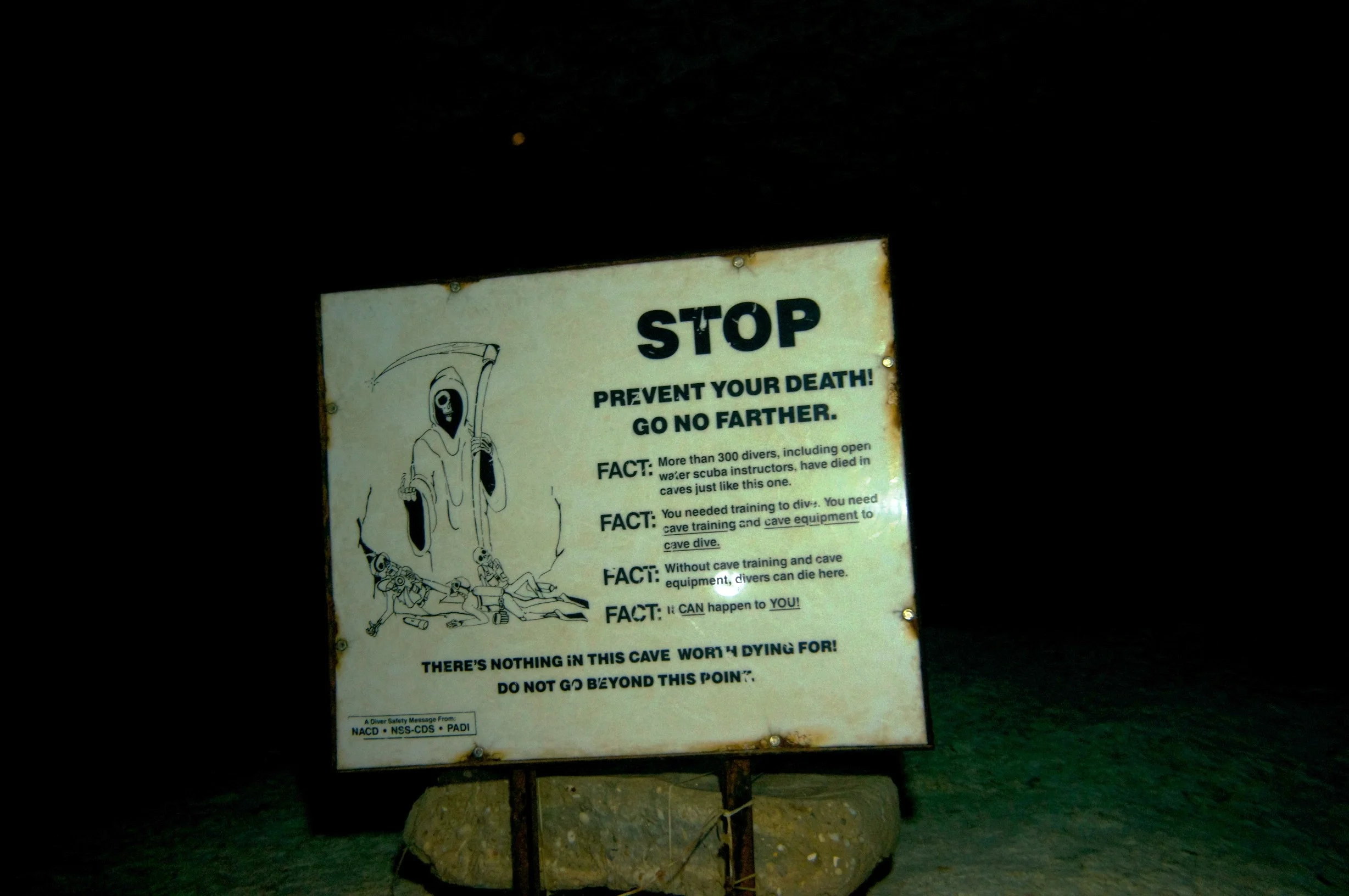
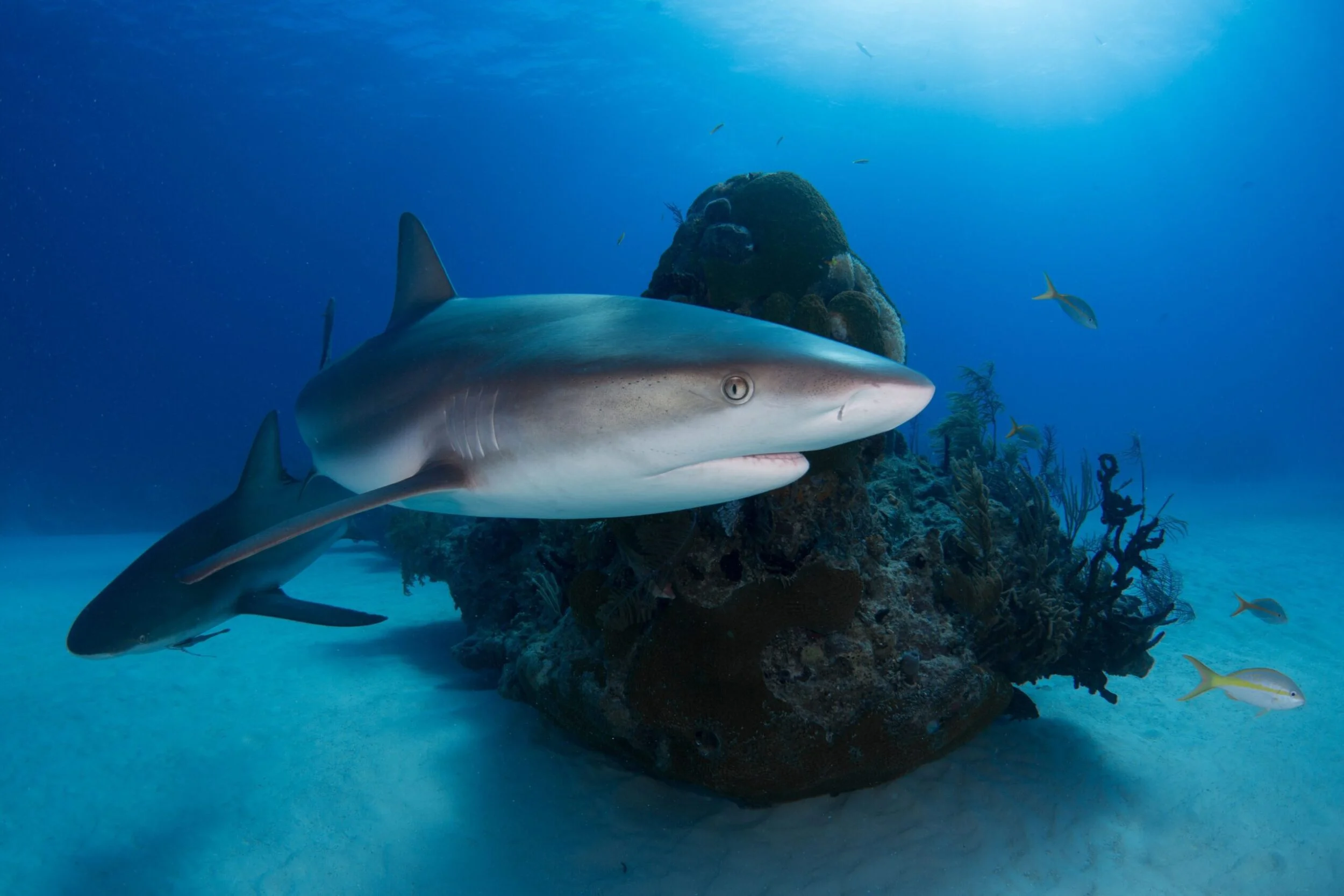
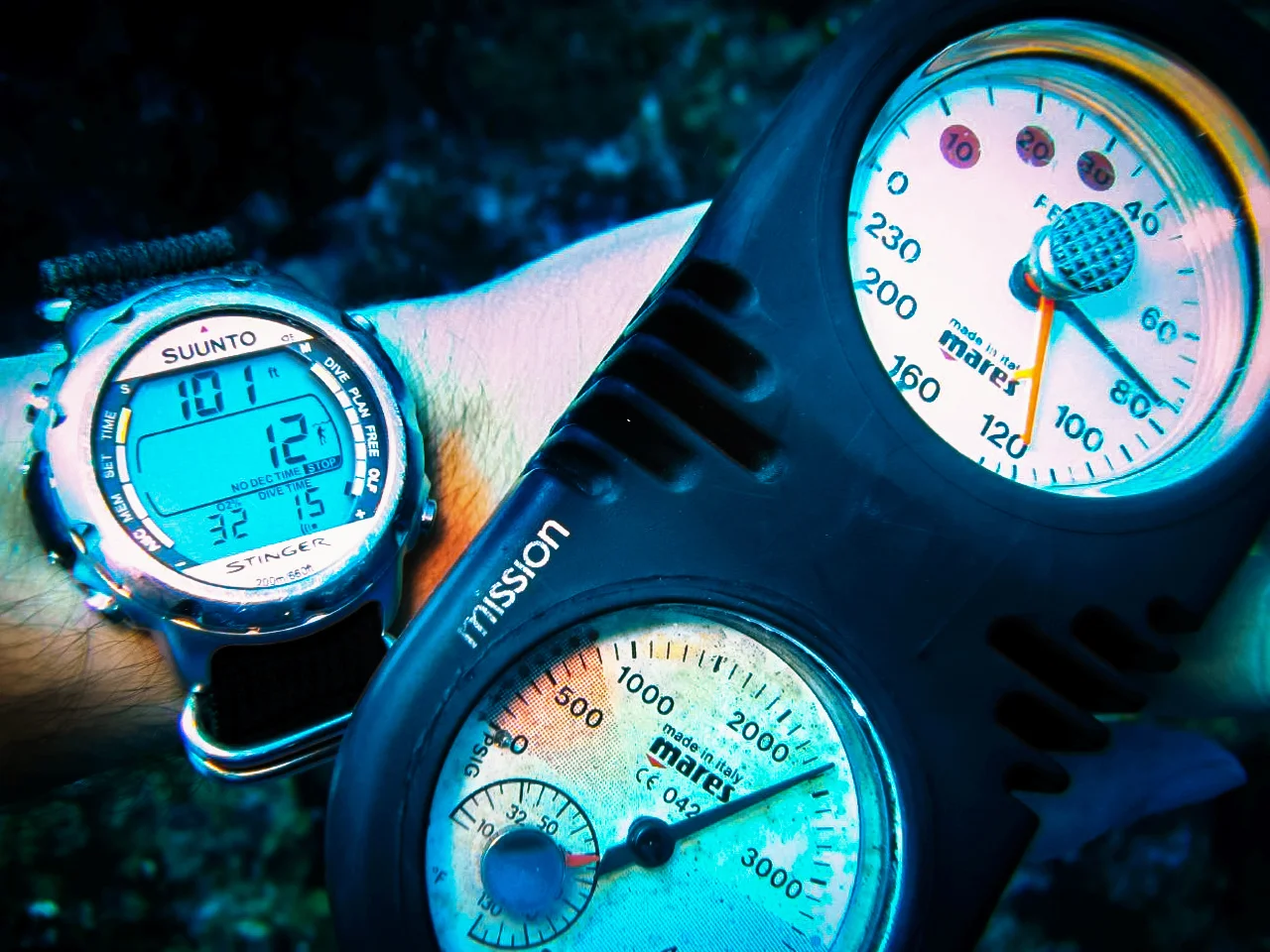
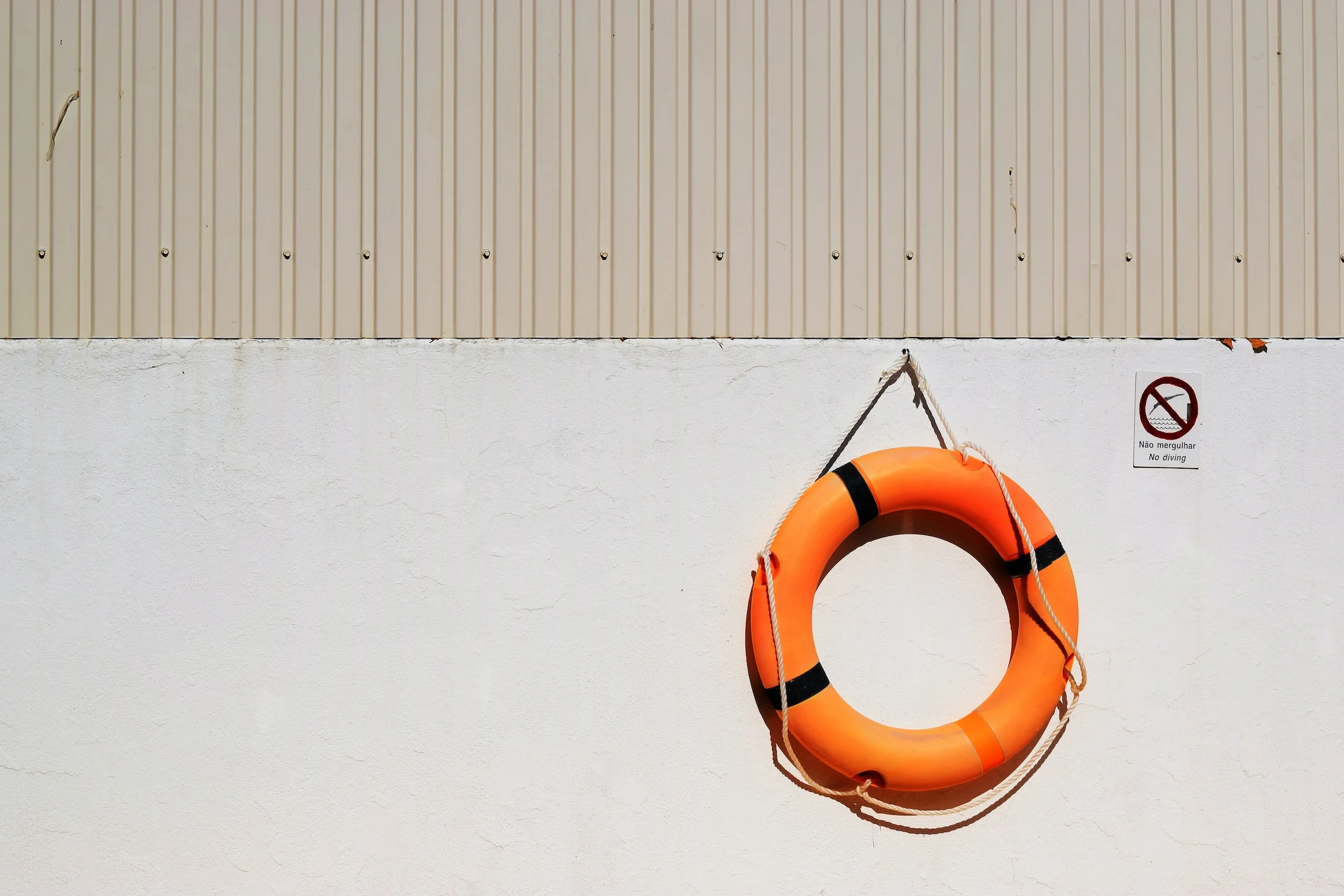

Leave a Reply